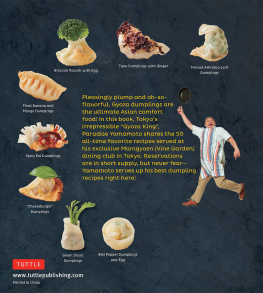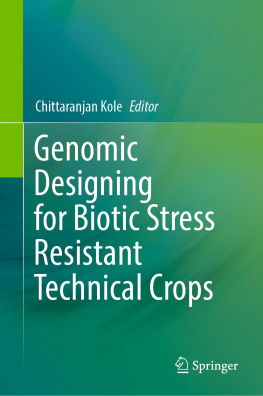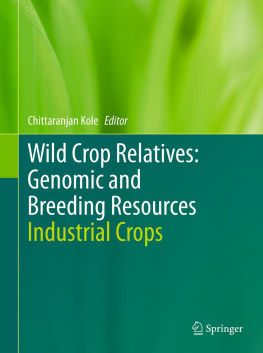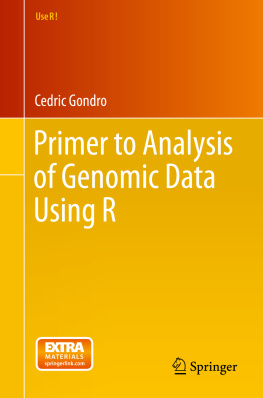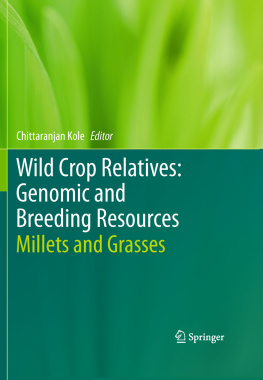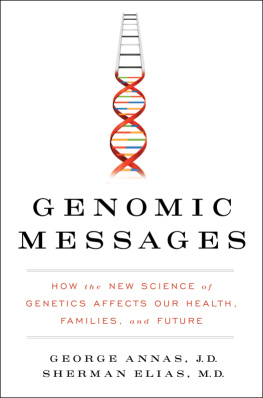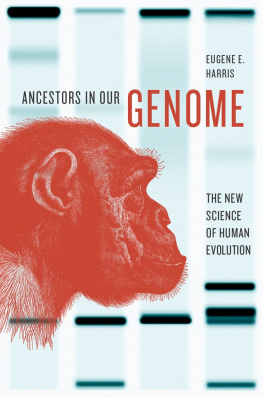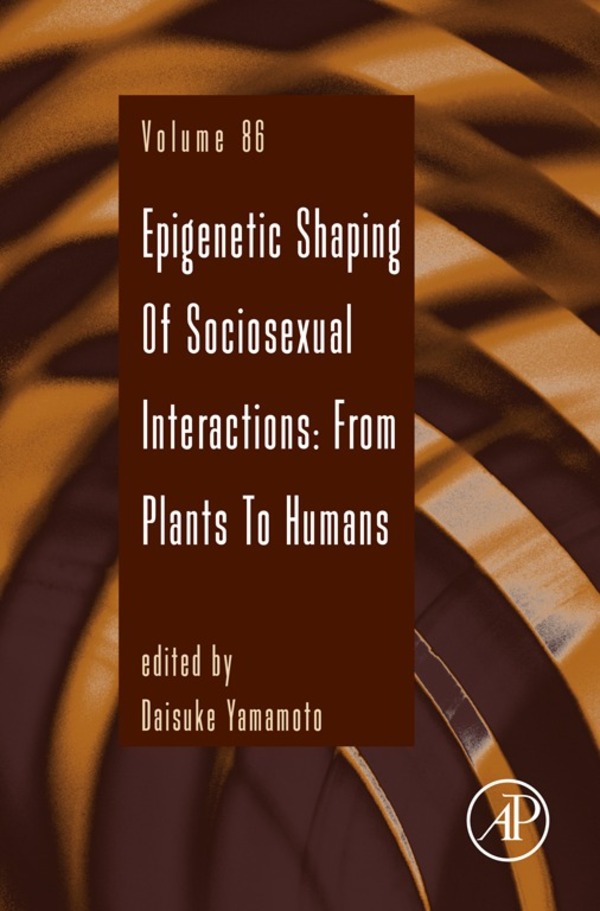Advances in Genetics
Epigenetic Shaping of Sociosexual Interactions: From Plants to Humans
Volume Eighty Six
Editor
Daisuke Yamamoto
Division of Neurogenetics, Tohoku University, Graduate School of Life Sciences
Table of Contents
Advances in Genetics, Volume 86
Serial Editors
Theodore Friedmann University of California at San Diego, School of Medicine, USA
Jay C. Dunlap The Geisel School of Medicine at Dartmouth, Hanover, NH, USA
Stephen F. Goodwin University of Oxford, Oxford, UK
Copyright
Academic Press is an imprint of Elsevier
225 Wyman Street, Waltham, MA 02451, USA
525 B Street, Suite 1800, San Diego, CA 92101-4495, USA
Radarweg 29, PO Box 211, 1000 AE Amsterdam, The Netherlands
The Boulevard, Langford Lane, Kidlington, Oxford, OX5 1GB, UK
32 Jamestown Road, London, NW1 7BY, UK
First edition 2014
Copyright 2014 Elsevier Inc. All rights reserved.
No part of this publication may be reproduced, stored in a retrieval system or transmitted in any form or by any means electronic, mechanical, photocopying, recording or otherwise without the prior written permission of the publisher Permissions may be sought directly from Elseviers Science & Technology Rights Department in Oxford, UK: phone (+44) (0) 1865 843830; fax (+44) (0) 1865 853333; email: , and selecting Obtaining permission to use Elsevier material.
Notice
No responsibility is assumed by the publisher for any injury and/or damage to persons or property as a matter of products liability, negligence or otherwise, or from any use or operation of any methods, products, instructions or ideas contained in the material herein. Because of rapid advances in the medical sciences, in particular, independent verification of diagnoses and drug dosages should be made.
ISBN: 978-0-12-800222-3
ISSN: 0065-2660
For information on all Academic Press publications visit our website at store.elsevier.com
Printed and bound in USA
14 15 16 17 10 9 8 7 6 5 4 3 2 1
Contributors
Makoto Asashima
Research Center for Stem Cell Engineering, National Institute of Advanced Industrial Science and Technology (AIST), Tsukuba Science City, Ibaraki, Japan
Physical Education, Health and Sport Sciences, Graduate School of Comprehensive Human Sciences, University of Tsukuba, Tsukuba, Ibaraki, Japan
Sassan Asgari Australian Infectious Disease Research Centre, School of Biological Sciences, The University of Queensland, Brisbane, QLD, Australia
Oliver Barnstedt Centre for Neural Circuits and Behaviour, University of Oxford, Oxford, UK
Miranda M. Darby Department of Pediatrics, Johns Hopkins University, Baltimore, MD, USA
Shin Fujimaki
Research Center for Stem Cell Engineering, National Institute of Advanced Industrial Science and Technology (AIST), Tsukuba Science City, Ibaraki, Japan
Physical Education, Health and Sport Sciences, Graduate School of Comprehensive Human Sciences, University of Tsukuba, Tsukuba, Ibaraki, Japan
Ryo Hidaka
Research Center for Stem Cell Engineering, National Institute of Advanced Industrial Science and Technology (AIST), Tsukuba Science City, Ibaraki, Japan
Physical Education, Health and Sport Sciences, Graduate School of Comprehensive Human Sciences, University of Tsukuba, Tsukuba, Ibaraki, Japan
Anthony R. Isles Behavioural Genetics Group, MRC Centre for Neuropsychiatric Genetics and Genomics, Cardiff University, Cardiff, Wales, UK
Tetsu Kinoshita Kihara Institute for Biological Research, Yokohama City University, Kanagawa, Japan
Tomoko Kuwabara
Research Center for Stem Cell Engineering, National Institute of Advanced Industrial Science and Technology (AIST), Tsukuba Science City, Ibaraki, Japan
Physical Education, Health and Sport Sciences, Graduate School of Comprehensive Human Sciences, University of Tsukuba, Tsukuba, Ibaraki, Japan
Grinne I. McNamara Behavioural Genetics Group, MRC Centre for Neuropsychiatric Genetics and Genomics, Cardiff University, Cardiff, Wales, UK
Tuck C. Ngun Department of Human Genetics, David Geffen School of Medicine at University of California Los Angeles (UCLA), Los Angeles, CA, USA
Takayuki Ohnishi Kihara Institute for Biological Research, Yokohama City University, Kanagawa, Japan
Eva E. Redei Department of Human Genetics, The University of Chicago, Chicago, IL, USA
Sarven Sabunciyan Department of Pediatrics, Johns Hopkins University, Baltimore, MD, USA
Kosei Sato Division of Neurogenetics, Tohoku University Graduate School of Life Sciences, Sendai, Japan
Ryohei Sekido Institute of Medical Sciences, School of Medical Sciences, University of Aberdeen, Aberdeen, UK
Daisuke Sekine Division of Life Sciences, Graduate School of Natural Science and Technology, Kanazawa University, Ishikawa, Japan
Laura J. Sittig Department of Human Genetics, The University of Chicago, Chicago, IL, USA
Christoph Treiber Centre for Neural Circuits and Behaviour, University of Oxford, Oxford, UK
Eric Vilain Department of Human Genetics, David Geffen School of Medicine at University of California Los Angeles (UCLA), Los Angeles, CA, USA
Scott Waddell Centre for Neural Circuits and Behaviour, University of Oxford, Oxford, UK
Tamami Wakabayashi
Research Center for Stem Cell Engineering, National Institute of Advanced Industrial Science and Technology (AIST), Tsukuba Science City, Ibaraki, Japan
Physical Education, Health and Sport Sciences, Graduate School of Comprehensive Human Sciences, University of Tsukuba, Tsukuba, Ibaraki, Japan
Ian C.G. Weaver
Department of Psychology and Neuroscience, Dalhousie University, Nova Scotia, Canada
Department of Psychiatry, Dalhousie University, Nova Scotia, Canada
Daisuke Yamamoto Division of Neurogenetics, Tohoku University Graduate School of Life Sciences, Sendai, Japan
Preface
Reproductive strategy directly impacts fitness of organisms. This applies to all organisms, both plants and animals. In humans and the majority of other eukaryotes, the formation of a new individual starts with the union of two gametes, each derived from a female or a male parent. Here, not only synergy but also conflict emerges between the female and male genomes. For example, the male genome drives enlargement of the endosperm or placenta whereas the female genome counteracts it in plants and mammals, although insemination relies on coherence of two genomes. In animals, sophisticated rituals of courtship behavior have developed presumably through sexual selection upon traits that may promise higher fecundity of courters. Even after the delivery, parents, in some vertebrates in particular, need to invest time and energy in nursing offspring, where again female and male genomes often find conflicting interests, being manifested in sexually dimorphic nursing behavior. Except for the differences in one of the sex chromosomes, genes on female and male genomes are identical in principle. Indeed, bodies of evidence shed light on the critical roles of epigenetic modification of the genome in exerting sexually distinct functions of respective genes in the presence of femalemale conflict. Sociosexual interactions in animals are mostly mediated by functions of the nervous system, which is thus the primary target of such epigenetic influences at the cellular level. These considerations impose us to postulate that differential epigenetic modifications generally underpin synergy and conflict between the female and male genome. It is therefore an urgent challenge to clarify the mechanism underlying sexually distinct epigenetic modification by the multilayered analyses at the genomic, cellular, neural, and organismal levels. The understanding of sexually distinct epigenetic modification would thus open new horizons of biology, paving the way to synthesize a novel theory that will interpret for the evolution of complex behavioral traits that are often sexually dimorphic. This issue of Advances in Genetics, therefore, focuses on the mechanistic bases for sex-specific epigenetic modification as driven by the competing interests of female and male genomes and its ontogenic and evolutional outcomes.



